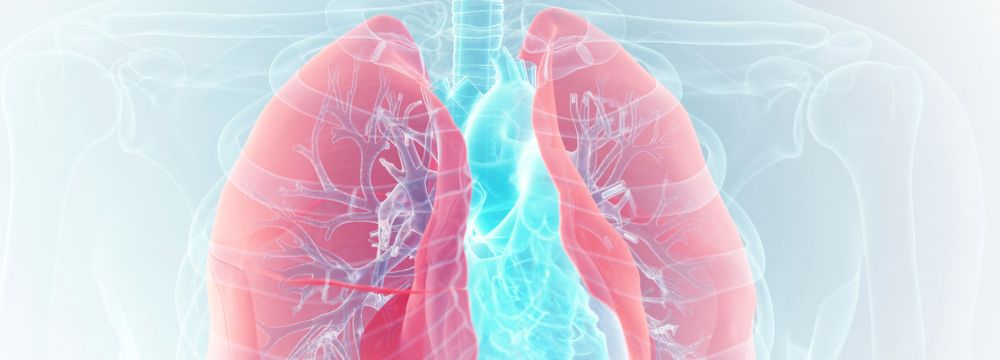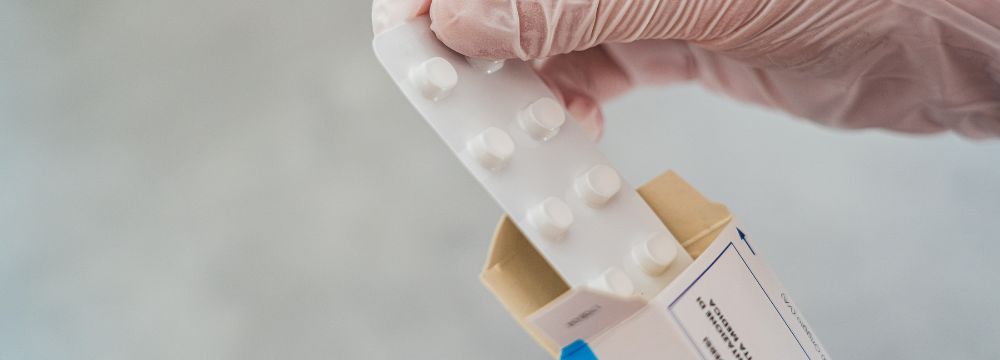AFib

As the name suggests, the pulmonary or lung veins are the vessels that deliver oxygenated blood from the lungs into the heart’s left atrium. To understand this better, let’s discuss the circulatory system and oxygen. Oxygen is the critically essential nutrient every cell in our body uses to function correctly. Blood is full of oxygen when pushed out of the heart. However, as blood circulates through the body, this oxygen is depleted. Eventually, the oxygen-poor blood cells are returned to the heart by the veins and re-pumped into the lungs. Once in the lungs, blood is infused with oxygen, and the process continues. Because of their location, the pulmonary veins can cause atrial fibrillation.
How Afib Works: A Normal Heartbeat
During a normal heartbeat, an electrical signal is initiated in the SA node in the top left chamber of the heart, known as the left atrium. The electrical signal instructs the atria to contract while it continues through the AV node (a conduit between the upper and lower chambers) into the heart’s lower chambers, which pump rhythmically with their partners above.
However, during atrial fibrillation or Afib, those rhythmic contractions break down and become chaotic, with the atria quivering chaotically rather than contracting in sync. This is often caused by errant additional electrical inputs emanating from the pulmonary veins. As such, many ablation procedures isolate these pulmonary veins to eliminate this extra electrical misfiring, especially in the earliest or paroxysmal stage.
Pulmonary vein isolation involves ablating or applying thermal energy around the openings of the pulmonary veins to disable and destroy problematic heart tissue. You can see in the animation below precisely how this works. By burning or cooling this tissue, we create a line of scar tissue that blocks electrical impulses. Therefore, even if the pulmonary veins generate a problematic signal, it will not reach the atria, and the procedure will likely improve or eliminate Afib.
Current Afib ablation technology is about 90% effective in isolating the pulmonary veins. Newer ablation techniques like pulsed field ablation may also be very effective. This translates to a roughly 70-75% success rate in treating Afib. Of course, there is always the option to do a second or follow-up ablation, known as a touchup, if new areas of electrical activity develop or if the primary ablation does not eliminate the errant electrical signals. This success rate is also partly dependent on the stage of Afib. In other words, the earlier the issue is found and treated, the greater the likelihood of success. Most patients with early Afib have what are known as paroxysmal or occasional episodes. While these are hardest to diagnose because they tend to be quite random, treatment at this stage is far more successful than if left to worsen when Afib becomes persistent – lasting more than seven days per episode. Long-standing persistent and permanent Afib usually occurs when the condition is not treated promptly.
Does PVI & Ablation Work?
As with virtually any medical therapy, some patients will not experience the full benefit of the procedure. This is the case with about 20 to 30% of PVI ablation patients who will not receive significant benefit or resolution of their Afib after the procedure. We may discuss the possibility of a second ablation or concurrent medical therapies for these patients to manage their symptoms effectively. Most important, early on, is the diagnostic and patient selection process, so be sure to visit Dr. Tordini or your local electrophysiologist as soon as possible to understand your options based on the stage of your Afib.
Dr. Tordini is a part of Florida Medical Clinic in Tampa








